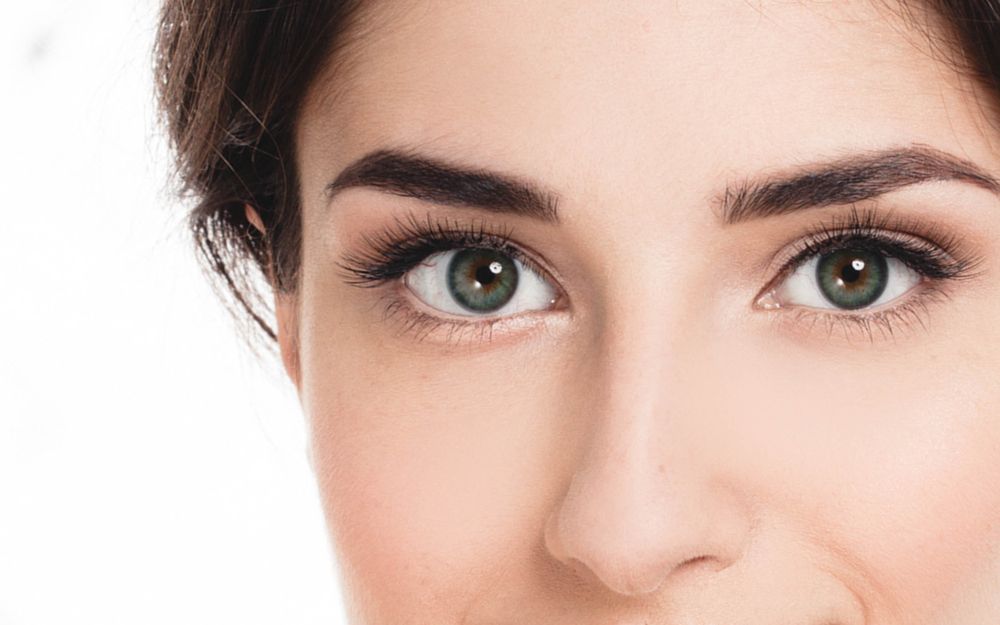- General Dermatology
- Eczema
- Chronic Hand Eczema
- Alopecia
- Aesthetics
- Vitiligo
- COVID-19
- Actinic Keratosis
- Precision Medicine and Biologics
- Rare Disease
- Wound Care
- Rosacea
- Psoriasis
- Psoriatic Arthritis
- Atopic Dermatitis
- Melasma
- NP and PA
- Skin Cancer
- Hidradenitis Suppurativa
- Drug Watch
- Pigmentary Disorders
- Acne
- Pediatric Dermatology
- Practice Management
- Prurigo Nodularis
Article
The beauty equation
Author(s):
Research suggests iris width may determine aspects of ideal facial anatomy and be used to determine ideal facial structure.
The ideal position of the ears support oblique facial relationships, according to the study’s findings. (©IrinaBg/Shutterstock.com)

Iris width, horizontal eye aperture and total distance between the eyes determine ideal lip, nose and eye aesthetics, according to an original investigation published this year in JAMA Facial Plastic Surgery.
Author Philip Young, M.D., surveyed 419 clients at his facial plastic surgery clinic in Bellevue, Wash., asking them to rank 11 sets of 43 digitally adjusted pictures and line drawings of faces. Dr. Young collected data using six groups of line drawings and five groups of digitally adjusted pictures of a person.
Most ideal, according to those surveyed, is when the ear aligns with the second oblique. They preferred a total lip length of 4.0 iris widths in the digitally adjusted pictures and of 5.0 in the line drawings. Viewers ranked 2.0 and 3.0 iris widths as optimal for lip pucker length. They indicated the nasal radix ideally started tangential with the iris’s superior margin. Finally, those surveyed preferred 5.5 iris widths between irises and 3.0 iris widths from the horizontal level of the iris to the nasal tip.
The ideal position of the ears support oblique facial relationships, according to the study’s findings.
The iris width, horizontal aperture of the eye, followed by the iris-to-iris distance appear to most optimally determine size and shape of progressively larger objects on the face, the author writes.
“Previous theories on what constitutes beauty have concentrated on external landmarks that had little importance to viewers,” he writes.
These findings and the circles of prominence theory, suggesting iris width may determine aspects of ideal facial anatomy, can be used as measures to determine ideal facial structure, according to the paper.
References:
Young P. Assessment of Ideal Dimensions of the Ears, Nose, and Lip in the Circles of Prominence Theory on Facial Beauty. JAMA Facial Plast Surg. 2019;21(3):199-205.





